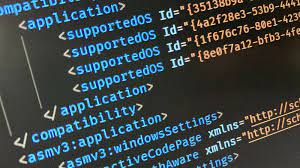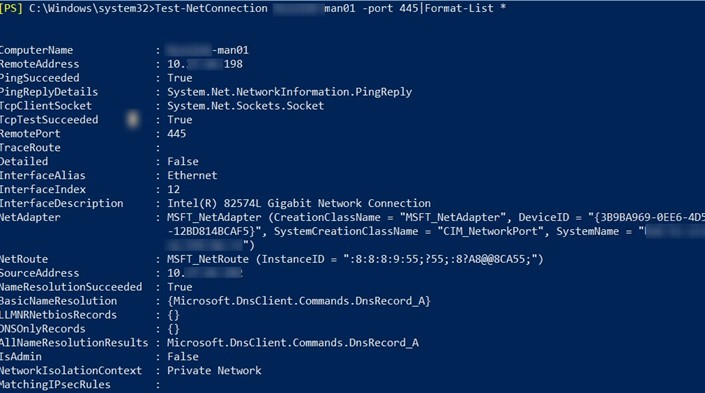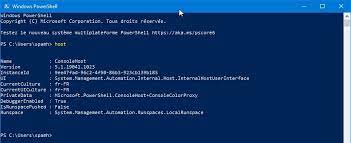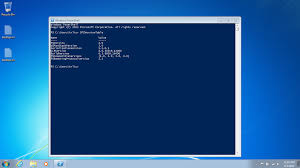28
Oct
Implementing proper error handling and exception handling is crucial when writing PowerShell scripts. Use Try-Catch blocks: Surround potential error-prone code or commands with Try-Catch blocks. This allows you to catch and handle specific exceptions that may arise during script execution. Catch specific exceptions: Catching specific exceptions gives you more control over how you handle different types of errors. Use the Catch block to handle specific exceptions, and consider logging the error details for troubleshooting purposes. Use Finally block for cleanup: If there are any cleanup tasks that need to be executed regardless of whether an exception occurred or not, place…









